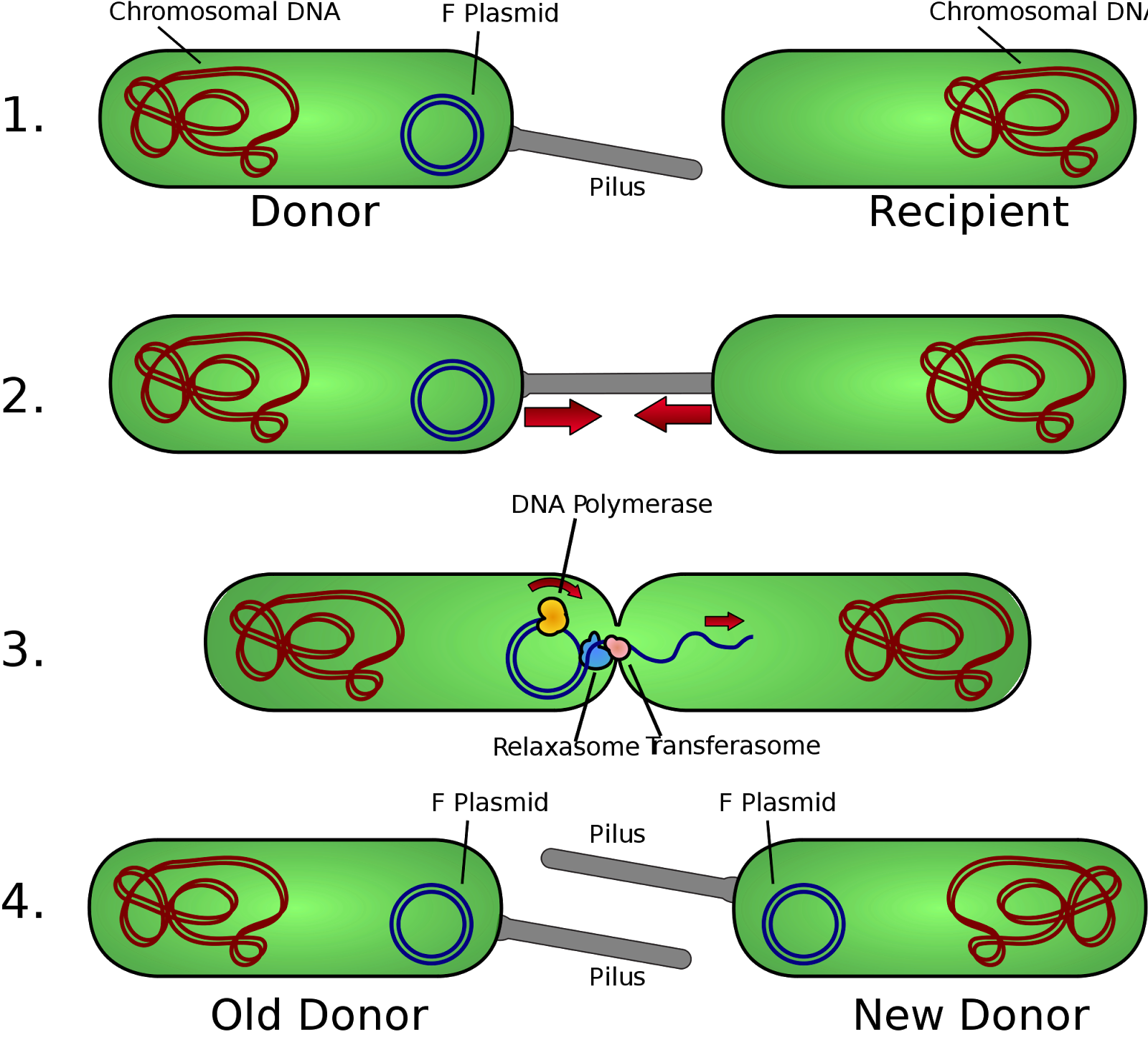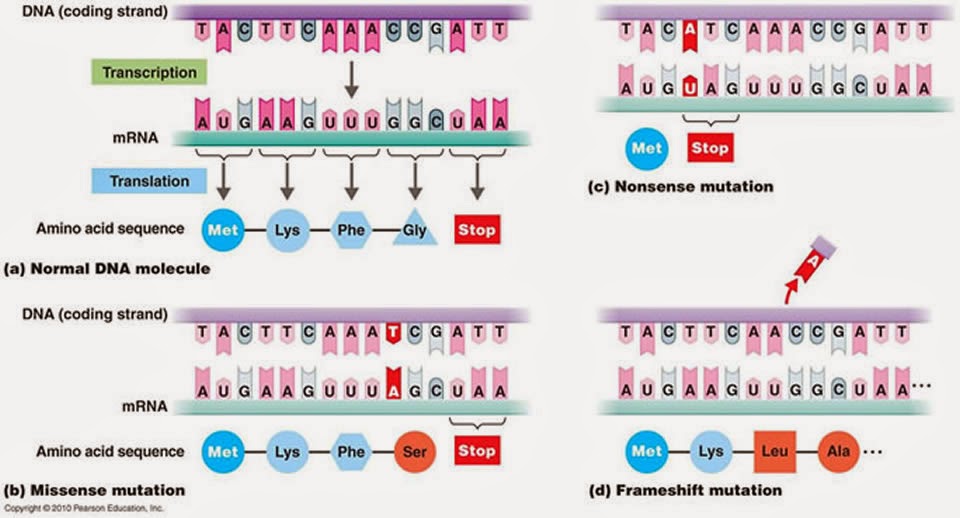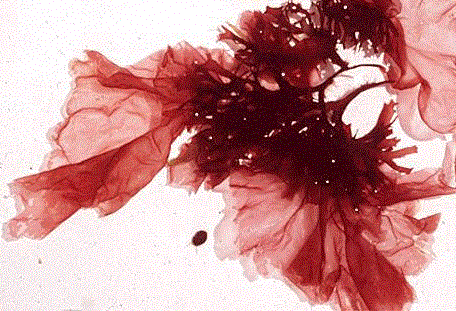Today, 21 November we have lecture on the genetic transfer
and recombination. Genetic recombinant refer to the arrangement of DNA from separate group of
gene . there are exchange between 2 DNA to form new combinations of genes in
the chromosome. There are donor cell which is give a portion of its total DNA.
In contrast, recipient ceel that receive a portion of DNA from donor cell. The
part of donor DNA is incorporate into recipient DNA.
Transformation is process where the gene are transferred
from donor to recipient. In Griffith experiment, the bacteria involve is
Streptococcus pneumonia and it consist of two type of colonies which are smooth
colonies and rough colonies. The smooth colonies are capsular polysaccharide
and pathogen. In contrast, the rough colonies lack of capsular polysaccharide
and non-pathogenic
The mechanism of genetic transformation in bacteria is
process by which free DNA is incorporate into a recipient cell and bring
genetic change. Competence is the alterations in the cell wall that make it
permeable to large DNA molecule.
Transductions is process where the DNA is transferred from
donor to recipient via betriophage. There are two type of transduction which is
generalize transduction and specialize transduction.
Plasmid involve self replicating covalently closed circular
DNA molecule that can survive by own. The several type of plasmid is
dissimilation plasmid, conjugated plasmid and r-factor.
Conjugation requied contact between donor and recipient
cells. The F+ donor contains F plasmid and F- recipient cells do not contain F
plasmid.during conjugation , an Hfr Cell can transfer chromosomal DNA into the
recipient cell.
Lastly, we learn Transposons carry any type of gene, including antibiotic resistance
genes. There are two type of transposons which are insertion sequence and
complex transposon. Have g good Friday J



















